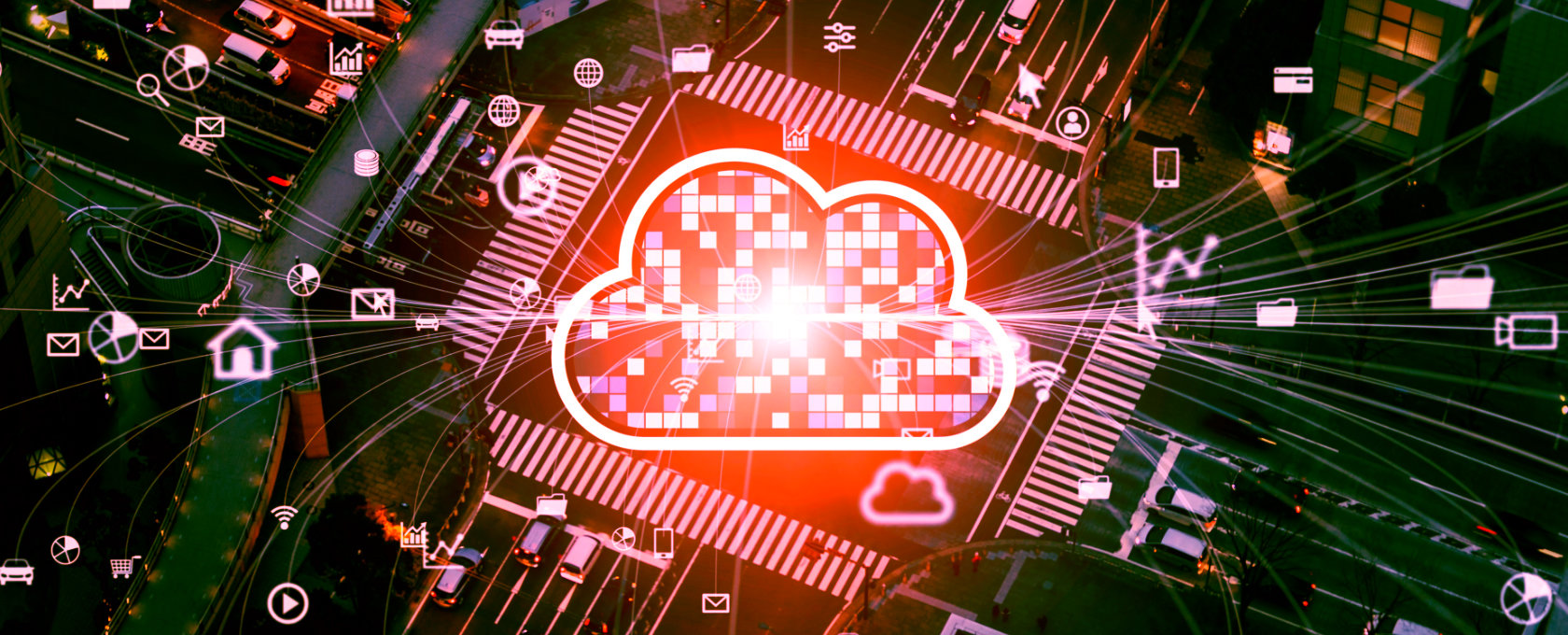A powerful tool for container orchestration, considering applications, services, and workloads, Kubernetes has witnessed widespread deployment over the past few years. While security continues to lag, best practices have begun to merge for mitigating security concerns, including runtime, most organizations are looking to run their applications in production. Gartner, Inc. predicts the number of such organizations to surpass 70% by 2023.
What’s more significant is that most organizations have experienced multiple security incidents in the Kubernetes environment and the status quo continues to stay put. It is clearly evident that better support is necessary for preventing these security vulnerabilities. While many out-of-the-box security options exist for Kubernetes, guard railing the infrastructure mandates organizations to follow certain best practices recommended by cloud industry experts. Before we look into these security best practices for Kubernetes, let’s take a peek into what Kubernetes security means for organizations.
Understanding Security in Kubernetes
Before we understand Kubernetes security, understanding the Kubernetes control plane and its components is essential. Once that is clear, we can move on to the next step, i.e. scalability in Kubernetes environments. Every new container deployed adds to the attack surface and to effectively employ Kubernetes security, organizations must have 100% visibility into all the managed containers and application requests. Kubernetes might be touted as being exceptional at container orchestration, but it is not as efficient at security. For every deployment, employing a deployment architecture that is appropriate along with fitting security best practices is essential.
Securing the Control Plane
The first step to securing the Kubernetes control plane is to implement integrity monitoring for the most sensitive files. It provides instant notifications against altered settings of the Kubernetes environment. Sensitive files are nothing but files that would lead the entire cluster to undergo failure when hacked or compromised. Such security can be achieved with the implementation of detection policies for monitoring odd changes to the file system concerning critical Kubernetes files.
Securing the Kubernetes API Server
Safeguarding the Kubernetes API server means ensuring that a private cluster and an authorized network are put in place. Any unauthorized server access can be restricted by using the Role-Based Access Control (RBAC) for Kubernetes. When it comes to the gateway of the Kubernetes control plane, organizations must allocate each server with private IP addresses for robust protection. Moreover, they must disable server access from all public IP addresses.
How do we disable public IP access to the Kubernetes API server? The objective of organizations must be to work with private nodes to draw attackers away from the control plane by disabling public access. They must employ an API gateway or a load balancer to expose services on the web while enabling the ports they need. Here, the essence lies in continuously striving to inculcate the least-privilege concept and ensuring that a preventative measure is established for every component of the Kubernetes control plane.
List of Kubernetes Security Risks
Before moving on to Kubernetes best practices lets first take a look at the security risks associated with it. Like any powerful technology, Kubernetes also comes with its own set of security risks that organizations need to be aware of.
- One of the major concerns is misconfigurations, which can leave clusters vulnerable to unauthorized access and data breaches.
- Inadequate authentication and authorization mechanisms, weak access controls, and improperly managed secrets and credentials are common pitfalls that can be exploited by malicious actors.
- Insufficient logging and monitoring capabilities can hinder timely detection of security incidents or unauthorized activities within the cluster. Without comprehensive monitoring, it becomes challenging to identify and respond to security threats effectively.
- Additionally, the complex and dynamic nature of Kubernetes environments can make it challenging to monitor and detect potential security threats, such as unauthorized container images or compromised nodes.
Regular updates and patches are crucial to address vulnerabilities, but the distributed nature of Kubernetes clusters can make the patching process complex and time-consuming. To mitigate these risks, organizations must follow the best practices shown below.
Key Best Practices for Kubernetes Security
Enable Role-based Access Control
Role-based access control (RBAC) eliminates potential threat vectors by exploiting the Kubernetes cluster. A strict segmentation can be set for namespaces with RBAC settings and Kubernetes offers configurable aspects that help define the security policies. While enumerating actions concerning each resource, RBAC does not reveal user permissions apropos of the actions taken on any object. The cluster role bindings and role bindings take up this responsibility, linking roles to service accounts, users, and groups.
Kubernetes Code Isolation
There are unique repositories associated with every Kubernetes in organizations that differentiate the development and DevOps roles. The feature code of Kubernetes is considered a key metric for separating security and compliance activities. However, placing Docker files and Kubernetes declaration remains need-specific.
Network Isolation
With the help of separation tools like network firewalls, host firewalls, and network policies, the intensity of damage to the infrastructure from breaches can be controlled. Network isolation through a default policy setup barricades every egress and ingress while permitting only the explicitly essential connections.
Orchestrating Liveness & Readiness Probes
The readiness probe is sometimes insufficient to determine the application’s ability to serve requests. Restarting the applications is the only solution whenever there are breaks in their workflow. The liveness probe removes this gap and helps resolve application workflow breakages by refreshing the containers. The liveness and readiness probes are deemed as health metrics of any Kubernetes cluster. The readiness probe ensures initializing the pod before directing a load towards it and it can be used to stop traffic if the application is not totally initialized. It is useful during the process of defining the contingency behavior of the pods when they undergo version upgrades. When there are lags in the successful loading of new pod versions, the most recent version before the upgrade will be run, thereby eliminating manual rollbacks.
Reviewing Configurations Periodically
Organizations must consider checking the Kubernetes settings regularly and performing vulnerability scans to navigate risks and apply security patches. Having unique functionalities, Kubernetes deployments are not always necessarily configured in the right manner. Following configuration recommendations, particularly for infrastructures with multiple clusters simplifies putting a standard, secure, and resilient deployment process in place.
Version Control
Version control allows implementing the change approval processes for improving the security and stability of clusters. Along with maintaining a convenient log of changes being made, version control accelerates communication. How does it do it? It makes reaching out to the editors faster and determining the reason behind changes accurately. Organizations maximize pre-commit hooks for checking misconfiguration as it simplifies enforcing best practices of infrastructure as code (IaC). It helps them prevent vulnerability-influencing components and follow the practice of shifting security left with security checks as part of the developer workflows.
Least Privilege
Using the least privilege possible to run pods and containers allows organizations to reduce the impacts of attacks. There are numerous methods of using the least privilege principle. On one hand, container images can be built for non-root users. On the other hand, RBAC policies can be configured to define actions for service accounts, users, and groups in namespaces.
Audit Logging
To follow the Kubernetes security best practices, organizations must ensure enabling audit logging for the clusters to retain the logs. Regularly checking these logs facilitates identifying potential threats or vulnerabilities within the clusters. Defining certain events to logs supports monitoring API calls or events that involve the risk of data theft or compromised credentials. Masking such data is important, as it may include passwords, IP addresses, or other sensitive information due to the high risk of account compromise or data theft. Proactively masking the data to hide and remove sensitive information from data elements can prevent the exposure of personally identifiable information (PII) within logs.
Ensure Kubernetes Stability
Leveraging the latest Kubernetes version simplifies augmenting the cluster security, using security patches for new releases along with regular updates and additional features. All these together support the mitigation of vulnerabilities.
Why is Kubernetes Security Crucial?
Ignoring Kubernetes security is not an option and most organizations already know this. They concur leveraging the cloud and container platforms like Kubernetes can facilitate accelerating the time-to-market and cutting down the operations cost via resilient, portable, and scalable workloads. Here, security is a tough row to hoe and varies with respect to different stages of an organization’s Kubernetes adoption journey, whether investigating possibilities or moving production workloads to the cloud.
Numerous distributions, installers, and managed cloud services are available to consider for Kubernetes security and they all contain customizable configurable options. The intricacy of Kubernetes security is based on its open source utilization and unyielding nature that necessitate constant observation to keep the resources secure. Organizations must make Kubernetes security a top priority along with every other infrastructure facet.
To Sum Up
Kubernetes doesn’t come with in-built security nor is it secure by default. Hardening the configurations is the absolute measure that organizations must employ. Cloud vendors have several services to support Kubernetes deployment and following the security best practices improve service uptime, uplifts reliability, and solidifies the foundation. Experts at Blazeclan also recommend integrating security measures into the CI/CD pipeline along with automating the deployment process.














